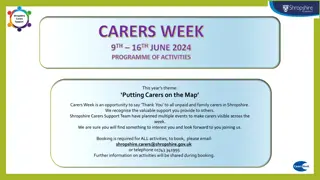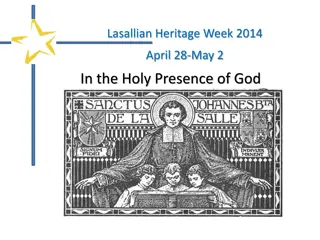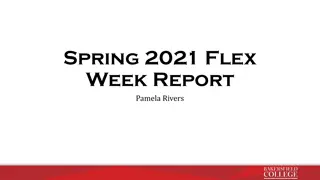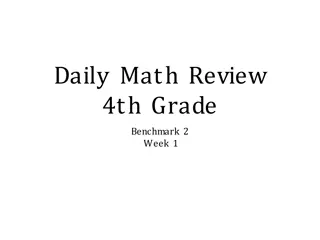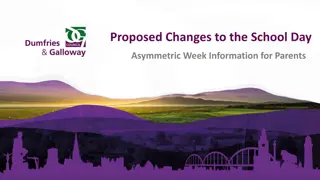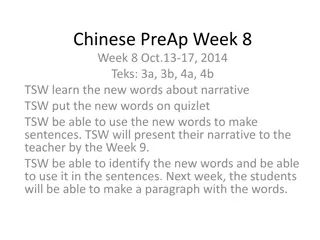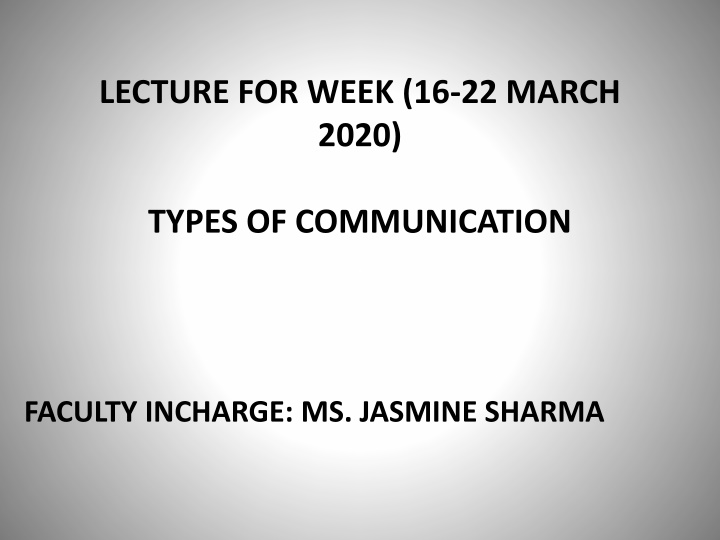
Types of Communication: Verbal, Non-verbal, Visual, Formal, and Informal
Understanding the different types of communication - verbal, non-verbal, visual, formal, and informal - is crucial for effective message transmission. This lecture delves into the advantages and limitations of verbal communication, highlighting its universal symbols and forms like oral and written communication.
Download Presentation

Please find below an Image/Link to download the presentation.
The content on the website is provided AS IS for your information and personal use only. It may not be sold, licensed, or shared on other websites without obtaining consent from the author. If you encounter any issues during the download, it is possible that the publisher has removed the file from their server.
You are allowed to download the files provided on this website for personal or commercial use, subject to the condition that they are used lawfully. All files are the property of their respective owners.
The content on the website is provided AS IS for your information and personal use only. It may not be sold, licensed, or shared on other websites without obtaining consent from the author.
E N D
Presentation Transcript
LECTURE FOR WEEK (16-22 MARCH 2020) TYPES OF COMMUNICATION FACULTY INCHARGE: MS. JASMINE SHARMA
This lecture discusses the different types of communication for the smooth transmission of messages. It focuses on the differences between these various communication methods It outlines the major advantages and limitations of the listed ways of communication (only pertaining to verbal communication). Advantages and limitations of other types of communication will be discussed in the next week s lecture.
Communication can be divided into the following types: 1. Verbal Communication 2. Non-verbal Communication 3. Visual Communication 4. Formal Communication 5. Informal Communication The first type of communication will be discussed in detail. The other types will be taken up in the next week s lecture.
VERBAL COMMUNICATION Verbal communication is expressed through words. These words can be drawn from any language or dialect. It can be attempted in both oral and written forms. It is structured, organized and easy to study. Verbal Communication has universal symbols. For example, English verbal communication has 26 alphabets. A faculty delivering lecture to the students in a college is an example of verbal communication.
There are two kinds of Verbal Communication: 1. Oral Communication 2. Written Communication
ORAL CMMUNICATION It facilitates the transmission of thoughts, ideas and messages through spoken words. There can be an involvement of two or more individuals during this communication process. The processes of encoding and decoding (the definitions of both were discussed in the last lecture) are continuously involved during oral communication. It can be effectively used in informal situations and gatherings.
Oral Communication can take place: 1. Face-to-face: The presence of both sender and the receiver at the same time and place of the communication message is required. 2. With the help of an electronic medium: In the form of telephonic, email or audio-video chats. Here, the presence of both the sender and the receiver at the same time and place is not necessary.
ADVANTAGES OF ORAL COMMUNICATION Fast medium of communication Engenders immediate feedback process between the sender and the receiver. Messages transmitted can be changed on the spot as the medium of communication is fast. Saves time Cost- effective Develops healthy inter-personal (between two or more individuals) relationships.
LIMITATIONS OF ORAL COMMUNICATION Not suitable for lengthy messages as diagrams, complicated data etc. cannot be communicated orally. Leads to incomplete messages due to paucity of time. Can be ambiguous in nature. Messages transmitted through the oral medium do not carry any legal or documented validity. Lacks future bearing or reference. Cannot be effectively used in formal situations and gatherings. Inattentive attitude on the part of the sender or the receiver or both can result in the loss of the message. This can further lead to misunderstanding among individuals or groups.
WRITTEN COMMUNICATION It helps in the exchange of messages through written or printed symbols. It is a carefully carried and evidenced process of communication as it requires time in the drafting of the written message. The process of encoding and decoding are carried out through the reading and the writing medium. Can be used both informally and formally.
ADVANTAGES OF WRITTEN COMMUNICATION Suitable for lengthy messages. More accurate and unambiguous. Presence of both the sender and the receiver at the same time and place is not necessary. Multiple messages to multiple individuals or groups can be communicated simultaneously. The message is documented and has legal validity. The response or feedback to the received message need not be spontaneous. The reader can take time to form an effective response.
LIMITATIONS OF WRITTEN COMMUNICATION Requires huge amount of time, paperwork or electronic work. Highly costly Lacks flexibility as it is not easy to change the nature of the communicated message. Immediate feedback is not possible. Not effective for uneducated or illiterate people. Lacks inter-personal touch between the sender and the receiver as it is highly formal.
THANK YOU (ALL QUESTIONS, DOUBTS, SUGGESTIONS AND FEEDBACKS ARE WELCOME

